
Ertelenme sebebi, aracın dört motorundan birinin yakıt kesme sensöründeki (ECO) problem olarak açıklandı...
Bu sensör sistemlerinin birkaçının çalışmaması durumunda yakıt akışının kesilebileceği açıklandı.
Kaynak : NASA
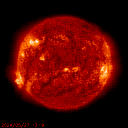

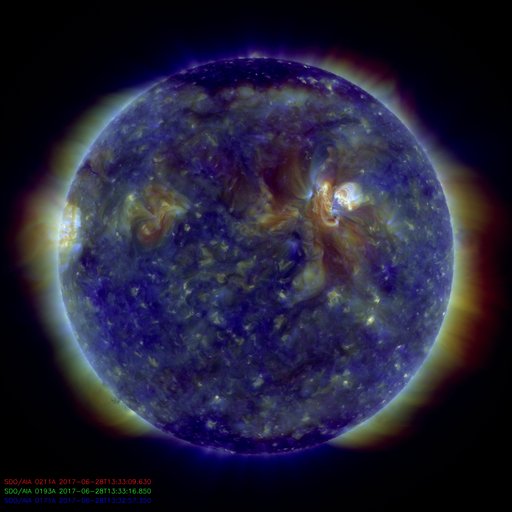
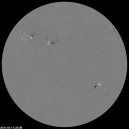
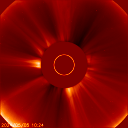
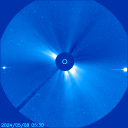














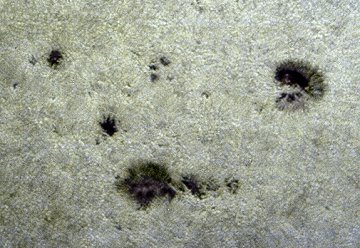


 108 - 118 MHz bant aralığında, 100 kHz'lik kanal adımları ile çalışır. Yer istasyonu 30 devir/saniyelik bir elektromanyetik örüntü yayar. bu sinyal hava aracındaki VOR alıcısında 30 Hz'lik bir sinüzoidal dalga üretir.
108 - 118 MHz bant aralığında, 100 kHz'lik kanal adımları ile çalışır. Yer istasyonu 30 devir/saniyelik bir elektromanyetik örüntü yayar. bu sinyal hava aracındaki VOR alıcısında 30 Hz'lik bir sinüzoidal dalga üretir. Yer istasyonu aynı zamanda uzaya tüm yönlerde 30 Hz'lik bir referans işareti üzerine FM modüleli bir sinyal yayını yapar. Sözü edilen iki 30 Hz'lik sinyal arasındaki faz farkı hava aracının yer istasyonuna göre açısını verir.
John Ongaro, a Minnesota lobbyist, wrote to Fetzer about his experience the day Wellstone died. Ongaro said he was driving to the same funeral that Wellstone and his party were flying to in Eveleth, Minn. While traveling north on Hwy. 53 near the Eveleth-Virginia Municipal Airport in the same area as Wellstone's plane, he received a call on his cell phone at precisely the same time Wellstone's King Air veered off course.
"This call was in a league of its own," Ongaro said. "When I answered it, what I heard sounded like a cross between a roar and a loud humming noise. The noise seemed to be oscillating, and I could not make out any words being spoken. Instead, just this loud, grotesque, sometimes screeching and humming noise."
What he heard may very well have been electronic interference from an EMP or microwave weapon.
One writer to talk show host Jeff Rense suggested a scenario involving "black op specialists" in a van or truck full of radio/instrument landing jamming equipment. "As Wellstone's plane approaches the airport, the VOR/ILS jamming equipment is activated, and a 'decoy' VOR signal is sent to the plane, thus tricking the plane's instruments [and the pilot] into believing the airport is somewhere several degrees off the true course to the runway," S.H. wrote. "The pilot follows that signal straight into the ground. The non-descript van, full of covert electronic jamming equipment, casually leaves the area, looking just like any other TV repair truck or moving van." Occurrences of jamming in the Civil Aviation VHF band
Occurrences of jamming in the Civil Aviation VHF band ACC/Southwest: Sector N
This case is one of the most critical ones that occurred in 2003. UIR sector N is operated by Area Control Centre (ACC) Southwest and covers an area extending from the south of Toulouse as far as the Spanish border where the traffic is then under control of the Madrid ACC. This sector channels a large quantity of north/south traffic; closing the sector and grouping the frequency with the adjacent sectors means that many regulations need to be laid down.
This is what happened on several occasions during the year 2003 due to an audible disturbance on frequency 135.205MHz described by crews as background noise or humming. As is often the case, the controllers did not perceive this jamming. In addition, this phenomenon seemed to appear at random at any time of the day. This case needed two operations using the Be-90. The first search took place on 9 April 2003 and was not successful due to the limits imposed by the dedicated permit to fly issued before the final airworthiness certificate was obtained after the modifications made to the aircraft. In fact, this first search showed that the source of the disturbance was located in Spain. It was not possible to perform a vertical search as the permit to fly limited the aircraft's manœuvres to French territory. Nevertheless, the specific character of this jamming could be shown: for once, the jamming was not caused by an FM radio, but by a parasite signal moving randomly on a band of 2MHz. This particularity explained the temporary aspect described by the pilots who had been confronted with this phenomenon.
On 30 July 2003, the second search, made this time with a normal airworthiness certificate, enabled the source to be located northwest of Gerona (Spain). The search was quite delicate, however, due to the mobility of this signal, which necessitated many frequency changes on the EB-200 and direction finder to continue the measurement, which in addition, was quite disturbed due to the mountainous environment of the site. These conditions prevented a good vertical pass over the site being made in spite of many attempts at different altitudes and from different angles of approach. The data recorded was nevertheless sufficient to calculate a reliable and precise triangulation of the jamming. This position was confirmed later (within a range of 600m) by a team on the ground. The origin of this disturbance turned out to be an electrical drying system used by a manufacturer of conductor cables.
It is noteworthy that although the operation enabled the source to be identified, it also caused some delays, as sector N had to be closed during the whole duration of the search.
Trajectories of jamming search flights on 135.205MHz. (The colour of the dots depends on the level received).
Nîmes, Muret, Calvi aerodromes: TWR frequencies
This case could have had more serious consequences if the jamming had lasted. It had been reported by three aerodromes using the same TWR frequency, 123.20MHz. The complaints mentioned a permanent background noise above a certain altitude, which varied depending on the place where the jamming 
was perceived. The probable area where the source of jamming was located was quite easy to determine because of the geographical distance separating the three aerodromes. The search flight plan was therefore defined in a triangle: Toulouse, Montpellier and Perpignan. As expected, the jamming was picked up quickly after taking off from Toulouse Blagnac and was immediately tracked by the direction finder. The first abeam station pass took place at FL170, then two vertical passes at 6000ft and 3000ft enabled visual identification of the source located at a military airfield close to Narbonne. As shown by the spectra recorded during this search (see Figure 11) it was a continuous wave emitted by some military VHF equipment, on which the push-to-talk automatic test system had remained stuck on transmission.
ACC/West: 127.86MHz
A search to solve this case took place in August 2003 after complaints from ACC/West reported severe disturbances on 127.86MHz. As some crews had reported hearing music, it was fairly sure that the source would turn out to be an FM radio. This hypothesis, together with the experience of jamming affecting the ACC/West's sectors of south Brittany/Bay of Biscay, led to a flight plan being filed to pass over Biarritz and continue to Bilbao (BLV VOR). Indeed, just beyond Pau, the jamming was easily identified. The signal and its spectra confirmed that the phenomenon was in fact due to a fault in a Spanish FM station. The search continued until an excellent vertical pass was made, which enabled the site of the transmitting pylon to be located very precisely.
Spectra of jamming from a Spanish radio on an ACC/West frequency
Clermont Ferrand aerodrome: Approach frequency
This example is typical of operations carried out the most frequently with the BE-90. This assignment took place on 23 October 2003 and enabled identification of an FM radio beaming signals 
 Site of emission
Site of emissionSearch on Clermont Ferrand APP frequency
ACC/Southwest LG Sector
This last case illustrates the added value of the Be-90/MDF-124F system. During the month of May 2004, ACC/Southwest had been subject to many disturbances on band 135.96MHz. The pilots had described these phenomena as noises like a "machine gun", which seemed to indicate that for
once the troublemaker was not an FM radio, but rather a parasite coming from a factory or some kind of electrical equipment. The first operations planned by SCTA were unfruitful since the phenomenon had disappeared before the aircraft took off. It was only upon the third attempt that the signal could be followed as far as the vertical over the Chinon nuclear power plant. This jamming, the cause of which has still not been identified at the present time, would have been difficult to locate without the capabilities of the direction finder. Furthermore, with a longer operation time, the aircraft could not have been airborne during the periods when the ACC/Southwest was disturbed due to the random occurrence of the phenomenon over a period of time.
|
INOSCI Haberleri mailinize gelsin istiyorsanız tıklayınız... |
|
Site Editörü:
Nazım Karadağ |